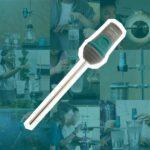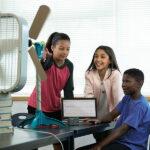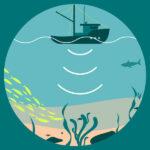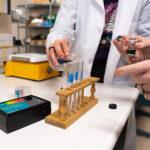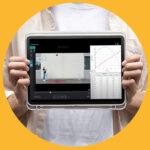
Sharing ideas and inspiration for engagement, inclusion, and excellence in STEM

Each year, Vernier Software & Technology and the National Science Teaching Association (NSTA) recognize seven educators—one elementary teacher, two middle school teachers, three high school teachers, and one college-level educator—with a Vernier/NSTA Technology Award for their innovative use of data-collection technology in the science classroom or laboratory.
Chosen by a panel of NSTA-appointed experts, the 2020 winners each received $1,000 in cash, $3,000 in Vernier products, and up to $1,500 toward expenses to attend an NSTA conference.
You can read about the innovative projects of this year’s winners below. If you have a great idea for using data-collection technology to ignite learning for students, apply for the 2021 awards program by visiting www.vernier.com/grants.
Elementary School

Aaron Burke
South Avenue Elementary in Beacon, NY
Media teacher Aaron Burke plans to create a comprehensive curriculum that will provide students in grades K–5 with the opportunity to explore the health of the nearby Hudson River. Students will use data-collection technology, such as dissolved oxygen and turbidity sensors, to monitor water samples from the river as well as from tanks in the school’s library.
Middle School

Colin Pattison
Indian Creek Road Public School in Chatham, Ontario
The technology acquired through this award will help teacher Colin Pattison continue to engage his students in data-collection activities and, in turn, better equip them for a successful transition to high school. This includes using Vernier interfaces and probeware to teach students various scientific concepts including force production, heat retention, and motion detection through hands-on activities.

Annette Simpson
McCleskey Middle School in Marietta, GA
The use of Vernier technology will help science teacher Annette Simpson enhance the in-the-field investigations she conducts with students at a local creek. Now, more students will be able to easily and more frequently conduct chemical and biological assessments of the waterway—and analyze their findings—using 21st century data-collection technology.
High School
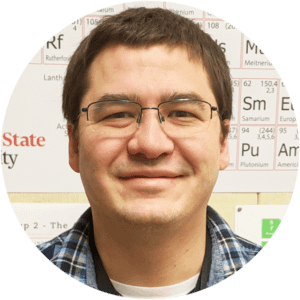
Neil Ford
St. Helens High School in St. Helens, OR
This award will help STEM teacher Neil Ford incorporate the Vernier Mini GC™ into classroom labs. Using the technology, students will have the opportunity to engage in hands-on data collection as they perform quantitative analysis of an organic solvent mixture.
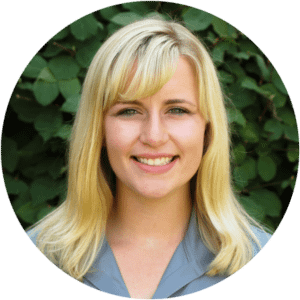
Kelley Parks
Forreston Jr./Sr. High School in Forreston, IL
Agriculture teacher and FFA advisor Kelley Parks plans to engage her students in various data-collection activities using Vernier technology as part of a project-based curriculum. For example, in a Curriculum for Agriculture Science Education (CASE) lab titled “Energy in Feed,” students will use probeware to determine the energy content of different feedstuffs.

Kristine Schertz
Saugus High School in Santa Clarita, CA
In the Chemistry in the Earth System course, science teacher Kristine Schertz will engage her students in hands-on learning as they investigate the Earth’s heat balance, the greenhouse effect, and climate change. Students will use Vernier carbon dioxide sensors along with materials such as clay, charcoal, and cotton to measure the reduction in carbon dioxide produced from a chemical reaction during the course’s culminating engineering design challenge.
College
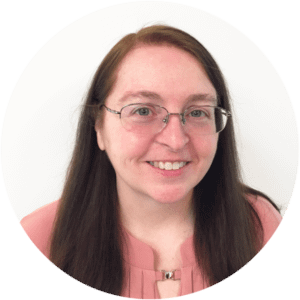
Estelle Lebeau
Johnson & Wales University in Providence, RI
Associate professor of science Estelle Lebeau will have her students use Vernier probeware to test community garden soil samples and water supplies to determine the healthfulness of the growing environment. This investigation will extend the university’s current efforts to provide relevant, real-world, field-based experiences with the goal of improving students’ overall attitudes and comfort levels with chemistry experimentation.
Share this Article

Sign up for our newsletter
Stay in the loop! Beyond Measure delivers monthly updates on the latest news, ideas, and STEM resources from Vernier.

